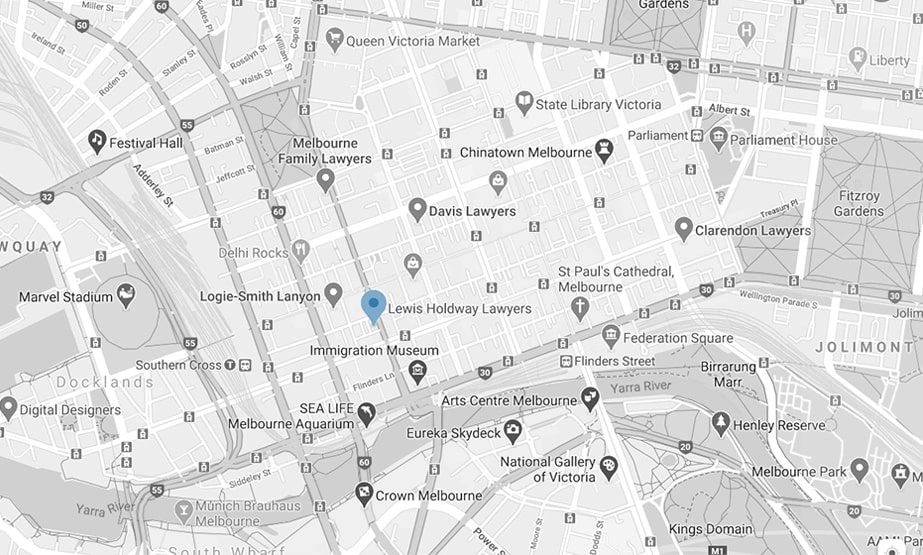SMART. STRATEGIC. FOCUSED ON YOU.
SMART. STRATEGIC. FOCUSED ON YOU.


The Commercial team at Lewis Holdway assists clients at every stage of the business life cycle.
We acknowledge the…
Every dispute has its own set of unique variables. Whether through litigation, arbitration or…
Our Not-for-profit practice is different for two reasons.
First, we are dedicated solely as Not-for-profit law…
At Lewis Holdway Lawyers we want to be your first choice for tailored and strategic legal services.
We pride ourselves on our openness, integrity, and expertise. In a service industry, we strive for a level of service that goes above and beyond to meet your expectations and requirements.
Lewis Holdway Lawyers has a long history being established more than 30 years ago and is always looking for ways to improve.
We have put together a team of experienced and skilled practitioners with expertise across different areas of law, striving to provide strategic and effective legal solutions to our clients’ most challenging legal issues, business transactions and disputes.
We take a collaborative approach and aspire to provide our clients with an experience that removes some of the stress and generates the outcomes you want.
Smart. Strategic. Focused on you.
We’re a network of companies and groups that work together to provide you a broad range of legal services.
Our Australian-based members comprise our wills, estate planning, and conveyancing company Legal Essentials, our debt collection agency Kearley Lewis and our legal firm Lewis Holdway Lawyers.
Copyright © 2021 Lewis Holdway Lawyers. Website Design By LGT Digital
